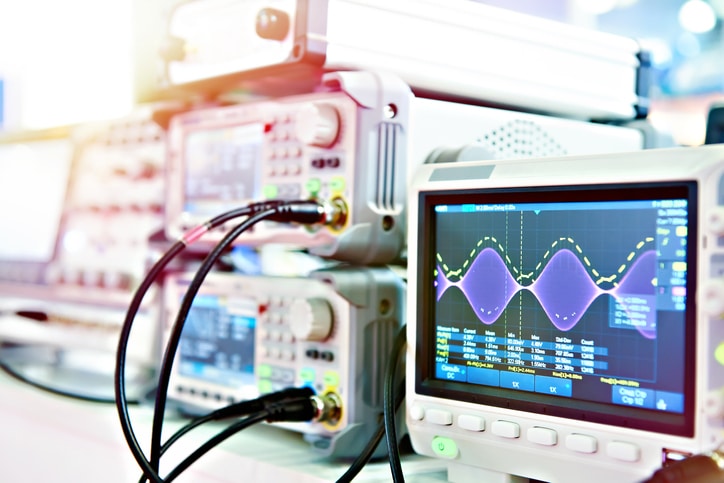
Effective Test Program Management Requires Planning
Effective Test Program Management can add value to product development when its true value has been identified. Too often product testing is left to the last moment, calls are made to test laboratories to ask what testing is required. Equipment and somebody from the engineering team is transported off to a test lab and money and time is spent. Hopefully testing is “passed” and requirements have been met to sell the product, but what has really been accomplished?
The Role of the Test Lab
Test Laboratories offer valuable services. As such, finding a lab that can fill your requirements, provide flexible scheduling, and help keep the project in budget is important. Maintaining good working relationships with those facilities is important.
The role of the lab, however, is by definition limited. As an accredited third party evaluator they cannot act as an advocate for your product. They can recommend a test matrix or provide a minimum criteria for product certification but ultimate responsibility for what testing is done lays with the test program manager. Recommendations for testing should be reviewed in detail however as in many instances unnecessary testing may be performed.
The Role of the Test Program Manager
Assessing Test Requirements
Developing a thorough understanding of relevant standards and compliance requirements is the responsibility of the test program manager. Understanding the procedures to be performed will allow for proper scheduling. It will also help in the development of appropriate fixtures, simulation equipment, and monitoring equipment.
Looking Beyond Compliance
Because product liability is becoming an increasing issue, product testing must consider testing beyond compliance requirements. Performing a Life Cycle Environmental Profile and/or Susceptibility Analysis can be valuable in identifying product vulnerabilities. A test matrix can then be created that includes appropriate evaluation methodologies to verify a design’s safety and ability to maintain customer satisfaction.
Test Program Documentation
Test Labs are beset with requests to perform testing without sufficient documentation. While many types of testing are not tailorable, most standards still require documentation that provides descriptions of operational modes, power requirements, emergency shutdown procedures, and definitions of normal operation. This documentation allows test lab personnel to make evaluations based on pass/fail criteria specific to the equipment being tested. For those test methodologies that do require tailoring such as MIL-STD-810 or EN 61326-1:2013 test plans must be developed that specify procedures, severities, and appropriate data collection.
Hardware for Testing
Time must be taken to design and construct the equipment needed for test. This equipment may include:
- Vibration Fixtures
- Extension Cables
- Simulation Equipment
- Stimulation Equipment
- Monitoring Equipment
- Dummy Loads
Care should be taken to consider test lab chamber and facility limitations when designing this equipment. Simulation, stimulation, and monitoring equipment are extremely important in capturing intermittent failures. This equipment is also required for pretest, during test, and post test functional and operational checks.
Many people will have the test lab provide a vibration fixture. Test lab fixtures are often in a constant state of modification as customers drill holes for their tests. This means that even if the same piece of hardware is available at subsequent tests it will not be the same as when used before. This may degrade the ability to accurately recreate previous testing. Therefore it is considered a best practice to have a custom fixture.
Test Witnessing
Effective test program management requires active test witnessing. Care must be taken to ensure that testing is performed as prescribed in the test plan. Proper set up and pre-test operational testing should confirm that the equipment under test is working and functional. Test witnesses can often assist lab personnel by monitoring equipment and confirming the status of the equipment. Test witnesses should also collect data over and beyond that required by the lab so that test can accurately be reproduced. Should any failure of test be encountered, the test witness should gather all data relevant for later analysis. The witness should also, when appropriate, troubleshoot and determine root causes for failures.
Documentation
Documentation of testing should be created from test witness gathered data and test lab reports into a summary document that provides an overview that can be used to show due diligence and act as a guide for future product development in term of “lessons learned. Any certifications or right to mark with regard to compliance testing should be noted as well.
CVG Strategy
CVG Strategy’s Test and Evaluation experts offer Test Program Management and Witnessing to assist you in getting real value from your testing program. Contact Us to see how we can put decades of experience in commercial and defense testing to work for you. Our experience includes climatic, dynamic, and EMI/EMC.



